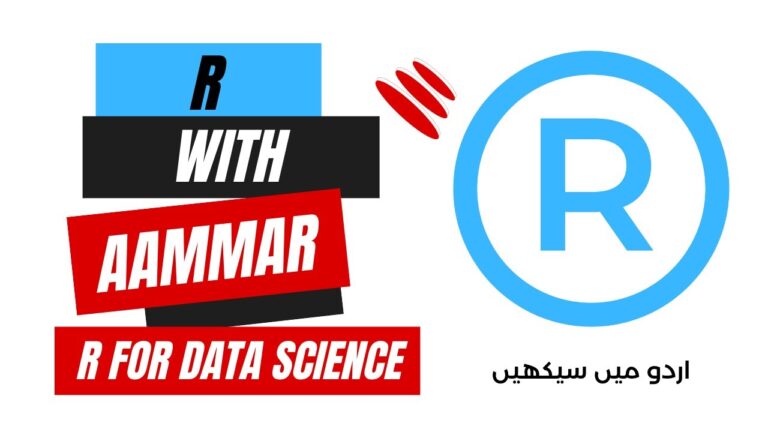Embark on an exploration of the diverse landscape of sampling methods in statistics. Just as a painter chooses the right brush to bring a canvas to life, a statistician selects the appropriate sampling method to best understand a population. Let’s delve into this art, uncovering the different types of sampling methods, each with its unique flavor and purpose. 🌈
2.1 Probability Sampling: The Fair Game 🎲
In probability sampling, every member of the population has a known, non-zero chance of being selected. It’s like a fair lottery where everyone gets a ticket.
Simple Random Sampling: Luck by Draw 🍀
- What Is It? Every individual has an equal chance of being chosen, akin to drawing names from a hat.
- Real-Life Example: Conducting a survey by randomly selecting phone numbers from a directory.
Systematic Sampling: The Orderly Approach 📏
- What Is It? Selecting every nth individual from the population list.
- Real-Life Example: Quality checks in a factory, inspecting every 10th product off the assembly line.
Stratified Sampling: The Mini-Group Method 🧩
- What Is It? The population is divided into smaller groups (strata) that share similar characteristics, and samples are taken from each stratum.
- Real-Life Example: A political survey stratified by age group to ensure representation across all age demographics.
Cluster Sampling: The Miniature Mirror 🌐
- What Is It? Dividing the population into clusters and randomly selecting entire clusters.
- Real-Life Example: Researching voter opinions by selecting specific neighborhoods (clusters) within a city.
2.2 Non-Probability Sampling: The Targeted Choice 🎯
In non-probability sampling, individuals are selected based on non-random criteria, and not all members of the population have a chance of being included.
Convenience Sampling: The Low-Hanging Fruit 🍒
- What Is It? Selecting individuals who are easiest to reach.
- Real-Life Example: Conducting a survey with participants who are readily available, like students in a classroom.
Judgmental or Purposive Sampling: The Expert’s Choice 🔍
- What Is It? Relying on the judgment of an expert to choose the sample.
- Real-Life Example: A journalist handpicking experts to interview on a specialized topic.
Snowball Sampling: The Networking Web 🕸️
- What Is It? Existing study subjects recruit future subjects from among their acquaintances.
- Real-Life Example: Studying a rare disease where patients refer others they know with the same condition.
Quota Sampling: The Proportional Mimic 📊
- What Is It? Ensuring that the sample reflects certain characteristics of the population, similar to stratified sampling but non-random.
- Real-Life Example: A marketer ensuring their sample includes a certain quota of males and females.
In Summary: The Artistic Stroke in Sampling 🌠
Selecting the right sampling method is crucial for painting an accurate picture of the population. Each method has its unique application and suitability, depending on the research objective, available resources, and the nature of the study.
As we continue our journey through the world of data science, understanding these sampling methods is akin to mastering the strokes in the art of statistics. They empower us to capture the essence of the population, one sample at a time. Stay curious and explore each method to find the perfect fit for your data canvas! 📚🔍🎨

LinkedIn Networking Guide for Pakistani AI & Data Science Students | Codanics

Why Learning Bioinformatics is Essential for the Future of Science and Healthcare


NLP Mastery Guide: From Zero to Hero with HuggingFace | Codanics

Scikit-Learn Mastery Guide: Complete Machine Learning in Python







thanks sir , nicely summarized the sampling techniques and their usage in real life. very short and informative.
We should care about data when applying samples because the right sampling makes your data more valuable.
This blog is really amazing as it shows different methods of sampling and any researcher or data scientist should keep such important methods in their mind
Nicely .. Defined the The Art of Choosing the Right Sample in this blog easy to understand .. and get alot of knowledge through this , Thank u Sir
It is an informative blog. Thank you
Informative blog.
A) Probability::: 1. Random 2. Systematic 3. Stratified 4. Cluster.::::=====::::: B) NON-PROBABILITY::::1. CONVINCE 2. JUGMENTAL 3. SNOWBALL 4. QUOTA
AOA, This blog post provides valuable insights into the different sampling methods used in statistics. It covers both probability sampling methods, such as simple random sampling, systematic sampling, stratified sampling, and cluster sampling, as well as non-probability sampling methods, including convenience sampling, judgmental or purposive sampling, snowball sampling, and quota sampling. This blog highlights the characteristics and real-life examples of each method, emphasizing the importance of selecting the appropriate sampling technique based on research objectives and available resources. It offers a concise and informative overview of sampling methods, empowering readers to make informed decisions when choosing samples for their studies. ALLAH PAK ap ko dono jahan ki bhalian aata kry AAMEEN.
Thanks sir this content is actually helping us to choosing a right sample technique for our analysis .
Amazing